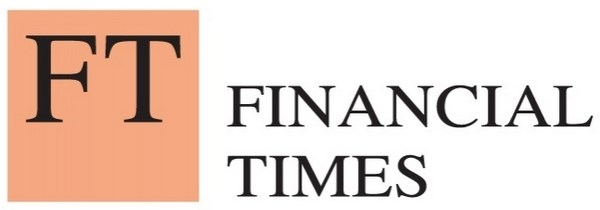
Some books make us feel. Others make us think. The best do both.
Whether I’m writing about the art of choosing or about thinking bigger, I want people to come away challenged to improve their lives – both for themselves and society.
Order Now!
Think Bigger, a six-step method for how to get your best ideas. Six Steps:
Step 1: Choose the Problem
What problem do you want to solve?
Step 2: Break Down the Problem
What are the subproblems that make up your problem?
Step 3: Compare Wants
What are the motivations and preferences of relevant decision-makers?
Step 4: Search In and Out of the Box
What solutions have been tried to date?
Step 5: Choice Map
Imagine and reimagine new combinations of tactics.
Step 6: The Third Eye
Do others see what you see?


The Art of Choosing
We may think we know our own minds, but the forces that influence our choices are many, varied, and often surprising. Most of those forces affect us without our knowledge, and they do not necessarily operate in our best interests.
How can we minimize the influence of such powerful factors, including bias and culture? Is it possible to re-train our intuition? How do we balance the competing forces of gut and reason to make better decisions?
The Art of Choosing answers these questions and raises many more.
Press for “Think Bigger: How to Innovate”
In “Think Bigger: How to Innovate,” Iyengar writes that thinking bigger is about assembling old ideas in a new way. Sounding much like [Mark] Twain in 1903, she writes that all successful innovators are “strategic copiers,” who “learned from examples of success, extracted the parts that worked well, imagined new ways of using those pieces, and combined them to create something new and meaningful.”
If There Are No New Ideas, How Do We Keep Innovating?
Iyengar is merciless about some of the myths plaguing creativity. She debunks the concept of supposedly creative “right brain” and analytical “left brain” thinking, dismisses “brainstorming” sessions as “idea diarrhea” and warns innovators to stay on track. Sparks of solutions that occur to you as you refine your idea should be set aside in a “sparking lot,” she suggests.
FT business books: what to read this month
The goal is to get people out of their comfort zones and manage or reduce the effects of cognitive bias, according to Dr. Iyengar, who said the system draws on findings from cognitive and neuroscience research. It’s an alternative to other approaches, in which people might simply offer ideas and vote on them.
In line with this process, board-level science, technology and innovation committees can help companies look beyond the familiar and help identify opportunities that they wouldn’t otherwise know or think about, “given their internal echo chambers,” she said.
Corporate Boards Tackle Oversight of Technology, Innovation
“You do not get your best ideas out of these freewheeling brainstorming sessions,” says Sheena Iyengar, a professor at Columbia Business School. “You will do your best creative work by yourself.”
Iyengar has compiled academic research on idea generation, including a decade of her own interviews with more than a thousand people, into a book called “Think Bigger.” It concludes that group brainstorming is usually a waste of time.
Office Brainstorms Are a Waste of Time
Press for “Art of Choosing”
Human beings, Iyengar suggests, are born to choose. But human beings are also born to create meaning. Choice and meaning are intertwined. We use choice to define our identities, and our choices are determined by the meanings we give them, from advertising-driven associations to personal relationships and philosophical commitments. Some meanings we can articulate, while others remain beyond words.
As she tours the science of choice, Ms. Iyengar takes care to be provocative rather than prescriptive. Still, “The Art of Choosing” has an instructive point: It is possible to make better choices just by being more aware of the forces that affect our choices, how the choices we make affect our well-being and how we use choice to express and create our own identities.
Sheena Iyengar’s work on choice and how our minds deal with it has been groundbreaking, repeatedly surprising, and enormously important. She is someone we need to listen to.
Atul Gawande, author of Complications and Better
An intimate, beautifully written, and deeply compelling book that examines both the art and science of making wise decisions. Choosing to read it should be the easiest choice you ever make.
Dan Gilbert, author of Stumbling on Happiness
Iyengar wants us to recognize that our decisions-both the mundane and momentous-are influenced by many factors and that the more we recognize those factors, the more satisfied we will be.
MIND Reviews: The Art of Choosing (Scientific American)



